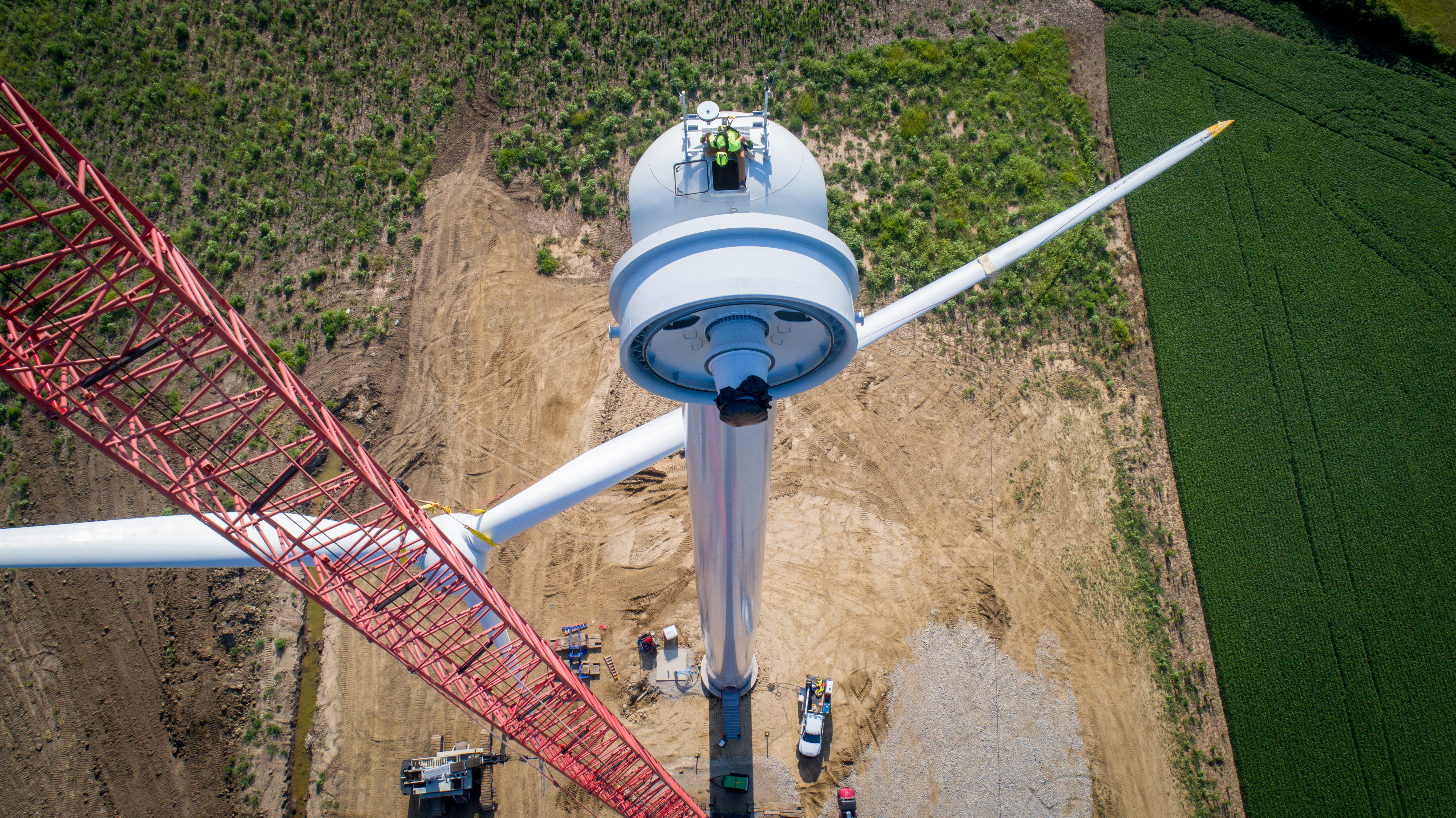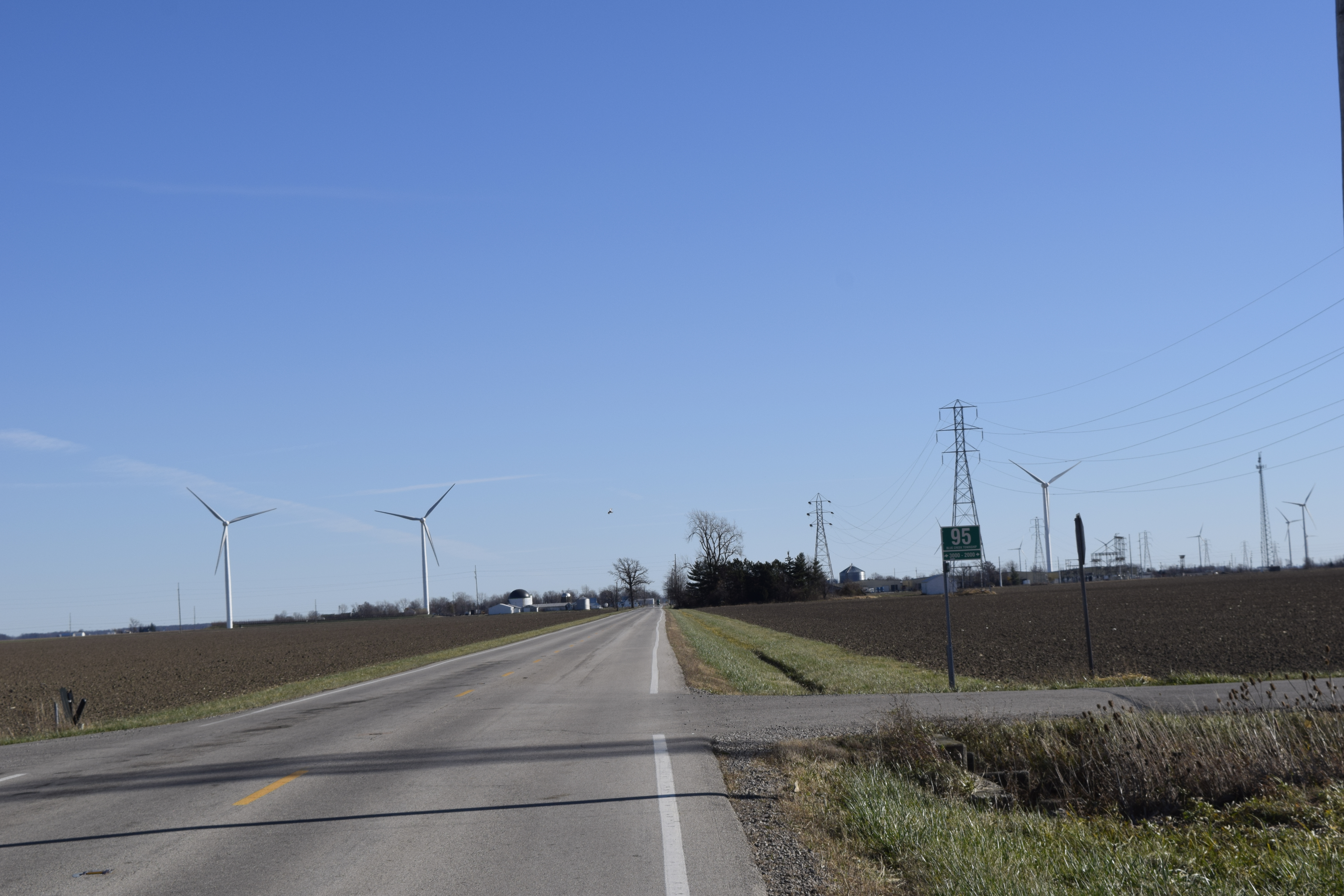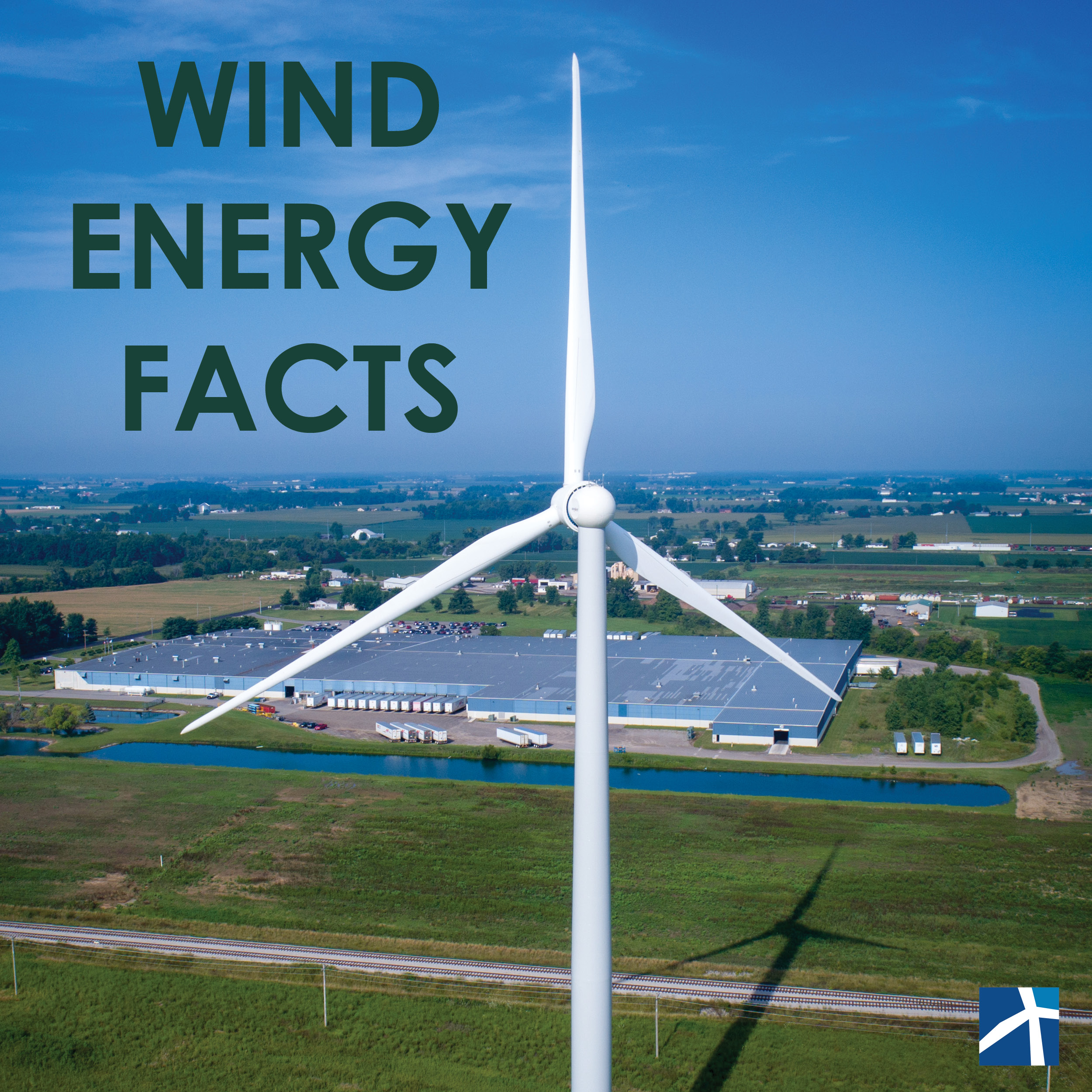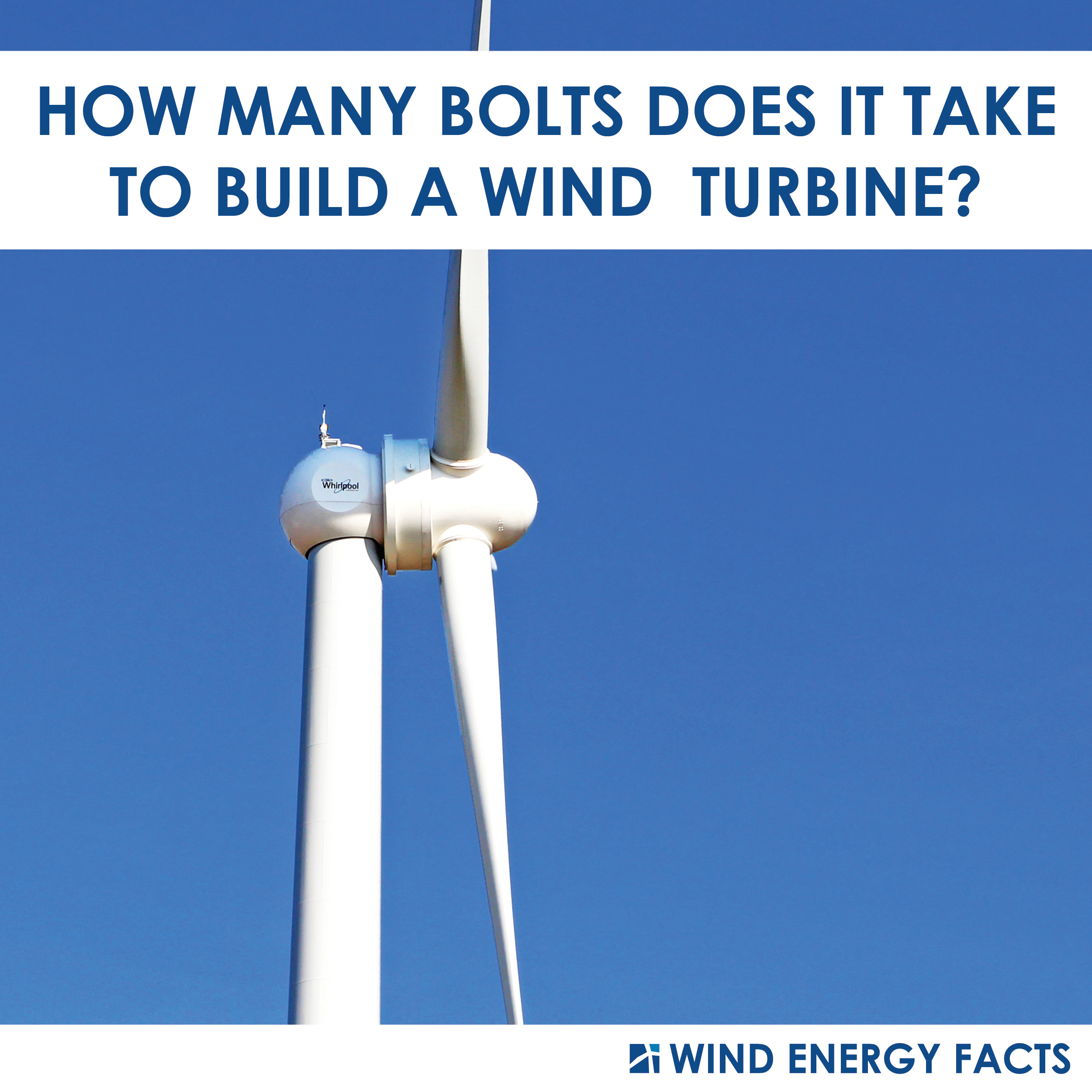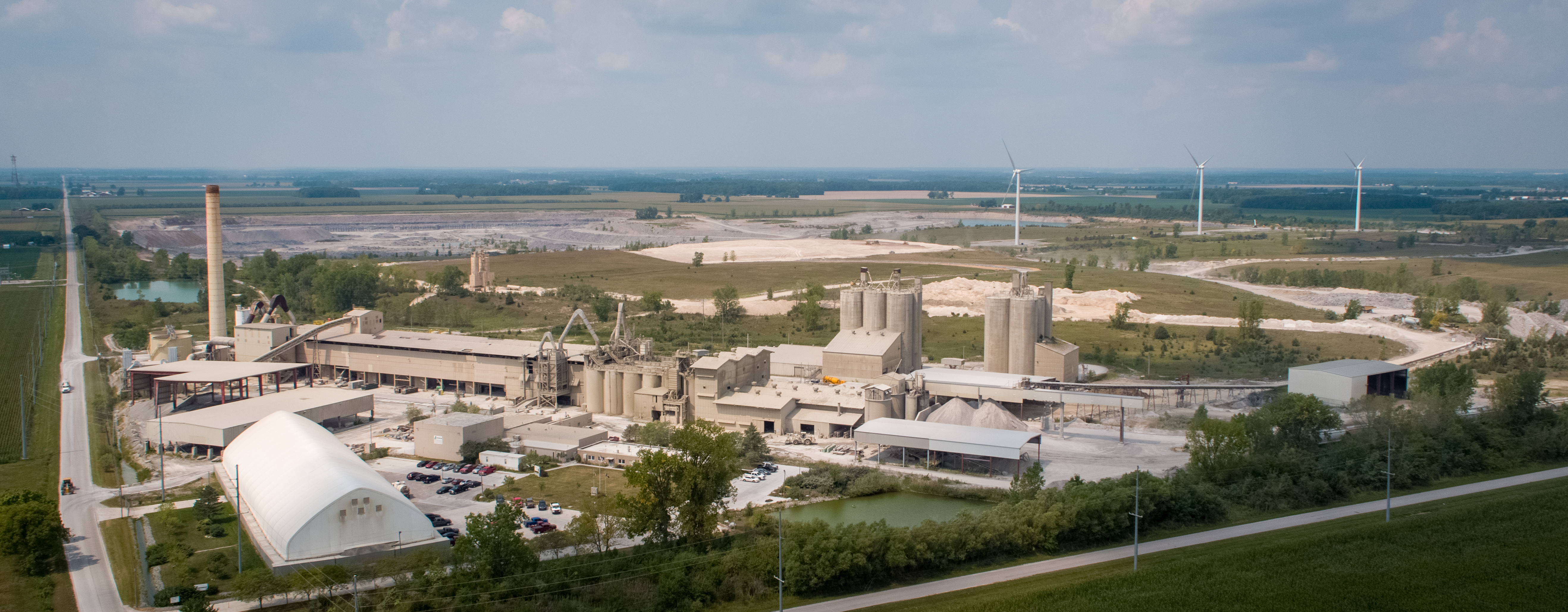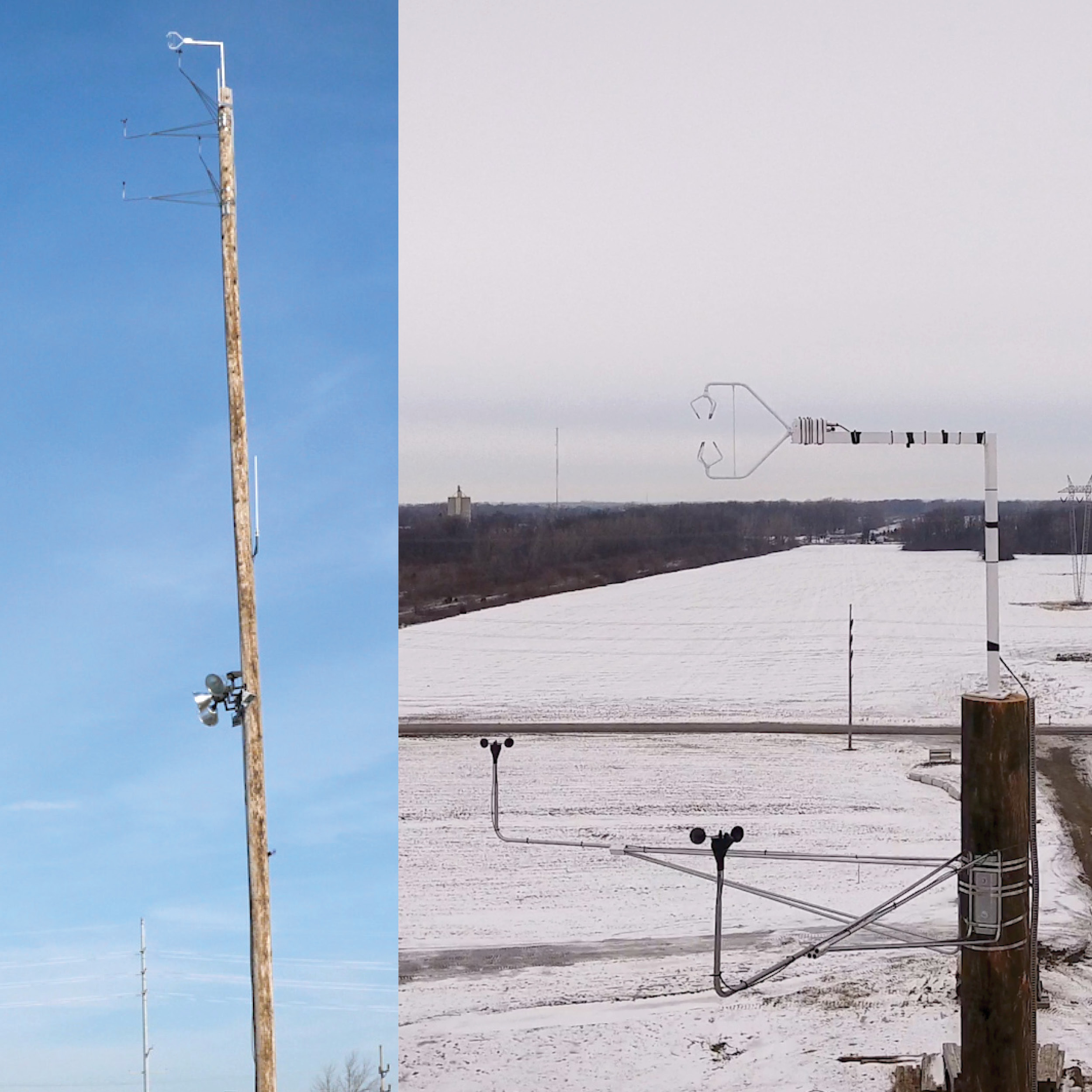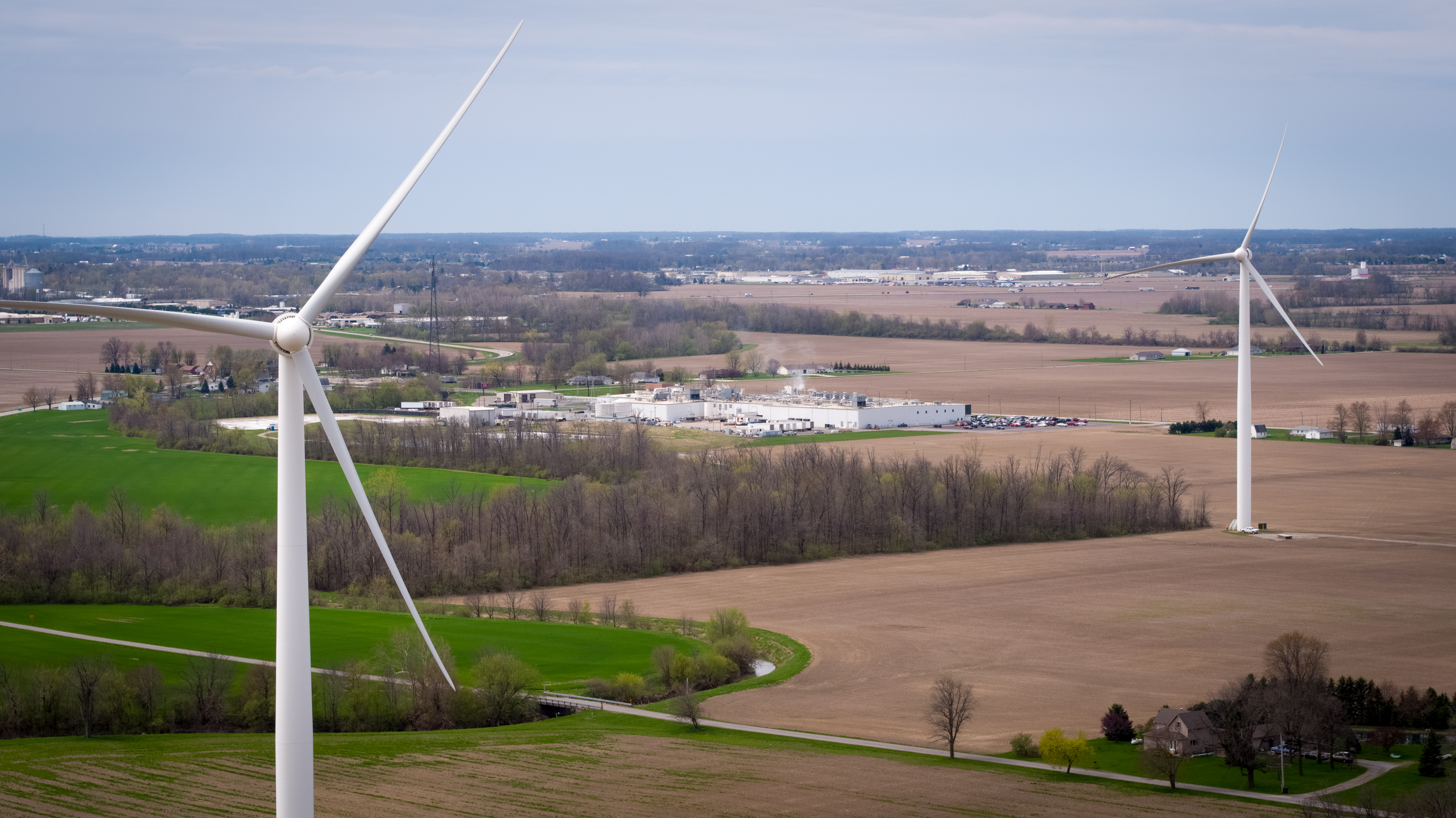When I tell people I have a master’s degree in meteorology, the initial conversation goes one of two ways: they tell me they love the movie Twister and wanted to be a meteorologist when they were a kid, or they ask me what it’s like to get to be wrong half the time and still get paid. Good joke buddy, I’ve never heard that one before.
I usually get the tongue-in-cheek jokes from those people who don’t understand the concept of weather forecasting and the main priorities of a meteorologist. A local TV meteorologist has a large viewing area to forecast for, sometimes with millions of people that count on that information. It would be impossible for them to create a custom spot forecast for every single viewer. The most important responsibility any meteorologist has is to ensure the safety of our citizens. Shoveling two less inches of snow is not as imperative as alerting an emergency manager of impending snowfall so they are able to deploy the salt trucks and snowplows so roadway travel can continue safely. Whether it’s forecasting snowfall, high winds, tornadoes, or hurricanes, meteorologists are constantly looking for indicators that could mean potential for loss of life. Forecasts are getting better every day. Meteorologists are far better today at predicting the 10-day forecast than they were 60 years ago, and 60 years from now they’ll be even better. Today, the 5-day forecast can predict the weather accurately upwards of 90% of the time.
In just a few days it will be February 2nd, otherwise known in the United States as Groundhog Day. If you aren’t familiar with this day, it is when a large number of grown adults in tuxedos and top hats gather in Punxsutawney, Pennsylvania to obtain the weather forecast for the next 6 weeks from a well-fed groundhog named Phil. If Phil emerges from his burrow and sees his shadow with clear skies overhead, it means he has forecasted 6 more weeks of winter. If he does not see his shadow, then a celebration commences, because he has forecasted an early spring.
Don’t get me wrong, I love this tradition. For those of us in the Midwest who must live through cold, cloudy winters, it offers the slightest bit of hope (even if it is coming from a groundhog). I do however find it wildly fascinating the number of people in this country who take the word of a rodent over the word of their highly educated local meteorologist. For the record, Phil’s accuracy record is an abysmal 36%, less than that of flipping a coin.
Now, while I may not practice as a weather forecaster, I do use my atmospheric science background extensively to forecast the long-term wind resource for One Energy’s Wind for Industry projects. Project financials rest on my team’s ability to correctly predict the lifetime energy production of our wind turbines, which is directly related to the wind and large-scale weather patterns. We take this responsibility seriously and take great pride in our accuracy. But yes, sometimes, we are slightly wrong. That is important to admit. Predicting the future is hard. Analyzing how wrong we were, and for what reasons, allows us to make our models that much better. That’s how all science should work – continuously validating and updating facts and models with the newest information and always improving upon previous hypotheses and methods.
Science and meteorology are always evolving, and weather forecasts continue to improve tremendously over time. And traditions like Groundhog Day continue to capture the hearts of communities. I just long for the day when meteorologists’ forecasts are anticipated and admired as much as Phil’s is (…with or without the top hats).
Anyways, here’s hoping Punxsutawney Phil’s shadow stays home on Tuesday!
Jessica Grosso is the Head of Project Planning and Technology at One Energy.
Learn more about Jessica and the One Energy team.


























